New York Senator Pushes Bill Mandating Speed Limiters for All Cars

Per capita roadway fatalities have seen dramatic increases over the last two years and the National Highway Transportation Safety Administration (NHTSA) has suggested that 2022 might actually end up being the deadliest year it has ever recorded in regard to the total body count. So there are a lot of people in politics that have concerned themselves with getting those numbers down. Unfortunately, the solutions are often to leverage more of the technology that data is starting to show might have gotten us into this predicament in the first place.
Manhattan State Senator Brad Hoylman (D-NY) introduced just such a bill on August 12th, one that would effectively require all new vehicles to incorporate some form of speed-limiting technology by 2024 and direct the Department of Motor Vehicles to establish new rules for all transportation over 3,000 pounds. Considering that even teensy hatchbacks like the Mini Cooper already clock in dangerously close to that threshold, such a law would impact just about everything with four wheels that’s bigger than a Mazda MX-5 or Nissan Kicks.
The bill ( S9528) stipulates that modern vehicles provide “direct visibility of pedestrians, cyclists and other vulnerable road users from the drivers [sic] position.” This is being done in an effort to curb pedestrian fatalities that have been on the rise in most major cities. But there’s a lack of clarity in terms of how that would be implemented. Studies have shown that full-sized, flat-faced pickups and SUVs often have a blind spot just ahead of the front bumper – meaning they’d either have to be redesigned or implement some kind of camera system that would display the area to the driver. But the same could be said of the zones directly beside and behind almost every vehicle, presumably requiring an array of cameras and screens.
Vehicles sold in New York State would also need to have the latest advanced driving aids – things like lane keeping, automatic emergency braking, and blind spot monitoring – to pass muster after 2024. That’s in addition to the speed-limiting technologies that are at the forefront of the bill. New York City has actually been piloting an “Intelligent Speed Assistance” (ISA) program that uses a vehicle’s GPS and software capable of reading road signs to electronically limit its speed based on its present location. It sounds like a novel concept but it’s actually not. The European Union is actually requiring all new vehicles to have some form of ISA after July 2024.
However, Hoylman’s proposals have some strong headwinds to confront. Americans generally don’t like anything that curtails their freedoms and New York doesn’t actually have any formal jurisdiction over what everyone else drives. However, Hoylman has suggested that NY could become a trendsetter similar to how Californian legislation has fundamentally influenced national emission laws. Hell, it wasn’t more than a few years ago when select automakers were lining up to proclaim that they would be shunning federal standards set by the Trump administration in favor of whatever limits the California Air Resources Board (CARB) said would be permissible.
“We think that, if New York goes first, we could push the marketplace and have an effect across the country,” he told Streetsblog in an interview, adding that the present “patchwork” where only some cars have the latest technology was unacceptable.
But adding such systems could add thousands to the base price of many automobiles during a period where vehicles have already grown prohibitively expensive. Your author is also unconvinced this will move the needle on pedestrian fatalities when there’s mounting evidence that a lot of the technology that’s in modern cars actually encourages distracted driving. That, combined with the fact that cars have been getting heavier, certainly hasn’t given foot traffic the edge at intersections. Meanwhile, I have my own theory that accident rates frequently seem to track with economic strife in a manner that mimics crime rates. Substance abuse is also way up in the United States and has undoubtedly played a factor in the elevated fatalities witnessed since 2020.
Blindly regulating more tech in cars could end up being counterproductive if those systems rely on a distracting interface or consumers decide it’s just too invasive to live with – which it probably will be. A lot of these urban initiatives designed to fundamentally change how we travel have backfired already, frankly. Senator Hoylman even seemed conscious that NYC had failed with Vision Zero – an earlier safety program brimming with buzz terms like sustainability, equity, mobility, and stakeholders – that lowered the citywide speed limit while adding more bike lanes, traffic cameras, and automated tolls.
“The impetus of the bill is the failure of the promise of Vision Zero,” Hoylman said, adding that NYC endured 273 traffic deaths last year. That represents a noteworthy increase since Vision Zero was introduced in 2014, despite reduced fatalities being the program’s main goal.
Hoylman’s staff said that they are presently seeking an Assembly sponsor for the bill and would be holding hearings on it when the legislature comes back into session in January.
[Image: Brian Kapp/Shutterstock]
Become a TTAC insider. Get the latest news, features, TTAC takes, and everything else that gets to the truth about cars first by subscribing to our newsletter.

A staunch consumer advocate tracking industry trends and regulation. Before joining TTAC, Matt spent a decade working for marketing and research firms based in NYC. Clients included several of the world’s largest automakers, global tire brands, and aftermarket part suppliers. Dissatisfied with the corporate world and resentful of having to wear suits everyday, he pivoted to writing about cars. Since then, that man has become an ardent supporter of the right-to-repair movement, been interviewed on the auto industry by national radio broadcasts, driven more rental cars than anyone ever should, participated in amateur rallying events, and received the requisite minimum training as sanctioned by the SCCA. Handy with a wrench, Matt grew up surrounded by Detroit auto workers and managed to get a pizza delivery job before he was legally eligible. He later found himself driving box trucks through Manhattan, guaranteeing future sympathy for actual truckers. He continues to conduct research pertaining to the automotive sector as an independent contractor and has since moved back to his native Michigan, closer to where the cars are born. A contrarian, Matt claims to prefer understeer — stating that front and all-wheel drive vehicles cater best to his driving style.
More by Matt Posky
Latest Car Reviews
Read moreLatest Product Reviews
Read moreRecent Comments
- Lou_BC Let me see. Humans are fallible. They can be very greedy. Politicians sell to the highest bidder. What could go wrong?
- SPPPP Vibrant color 9 times out of 10 for me. There may be a few shapes that look just right in metallic gray, for example. There are a few nices ones out there. And I like VW "White Silver". But I'd usually prefer a deep red or a vibrant metallic green. Or a bright blue.
- 28-Cars-Later Say it ain't so, so reboot #6* isn't going to change anything?[list=1][*]V4-6-8 and High "Tech" 4100.[/*][*]Front wheel drive sooooo modern.[/*][*]NOrthSTARt.[/*][*]Catera wooooo.[/*][*]ATS all the things.[/*][*]We're *are* your daddy's Tesla. [/*][/list=1]
- MaintenanceCosts Can I have the hybrid powertrains and packaging of the RAV4 Hybrid or Prime with the interior materials, design, and build quality of the Mazda?
- ToolGuy I have 2 podcasts to listen to before commenting, stop rushing my homework.



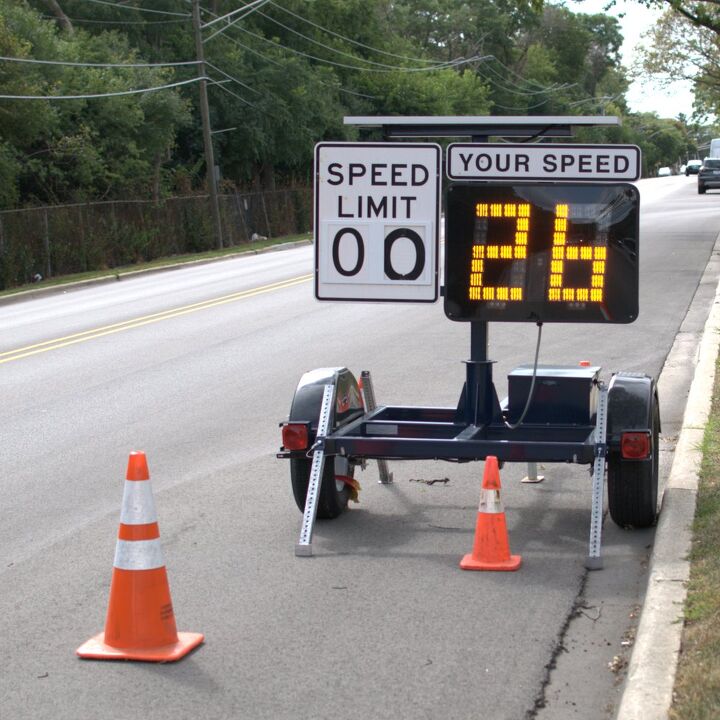















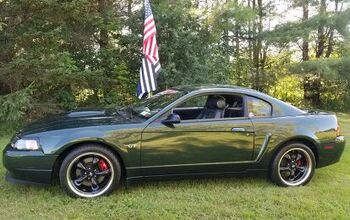
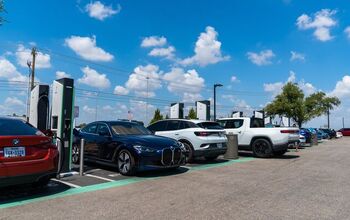

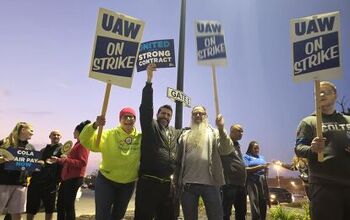
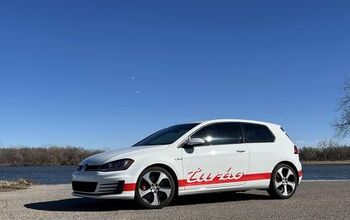
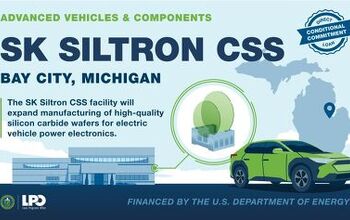

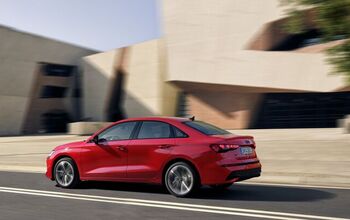
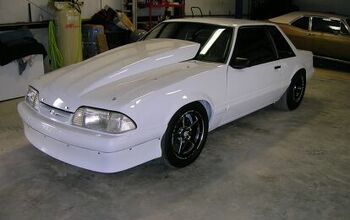

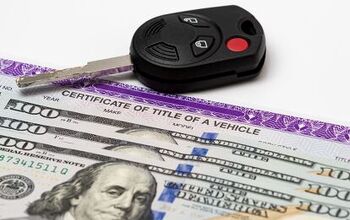
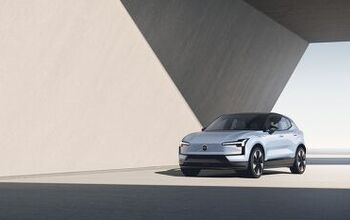
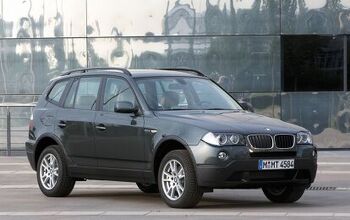

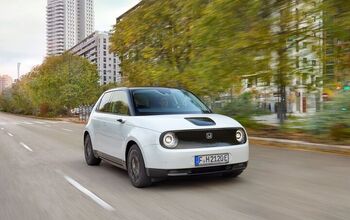
Comments
Join the conversation
There is a big difference between going above the speed limit on a rural stretch of highway and interstate and speeding in a populated metropolitan area. Going above 25 mph in a school zone or neighborhood streets where kids are playing and pets are is much more dangerous especially those going 50 and 60 in those areas. Going 90 mph on a rural stretch of interstate with little traffic is more likely to endanger the driver than anyone else but the main problem on interstates is not so much speed as people weaving in and out of lanes with no signals. I would like to know more about how the speed limiters will work because most vehicles have a limiter that limits the top speed of a vehicle to not exceed the maximum speed rating of the tires. This has been true for decades but if the speed limiters adjust to the speed limit on a given road then this is a different matter. Matt could you provide more details as to how these speed limiters will work?
@Matt-Thanks I read your response and the links. I am not as upset about having a speed limiter in urban areas but on the open highway this is not necessary. As I said in my other response there is a big difference between speeding in an urban area especially a populated area than on a rural stretch of highway and interstate.